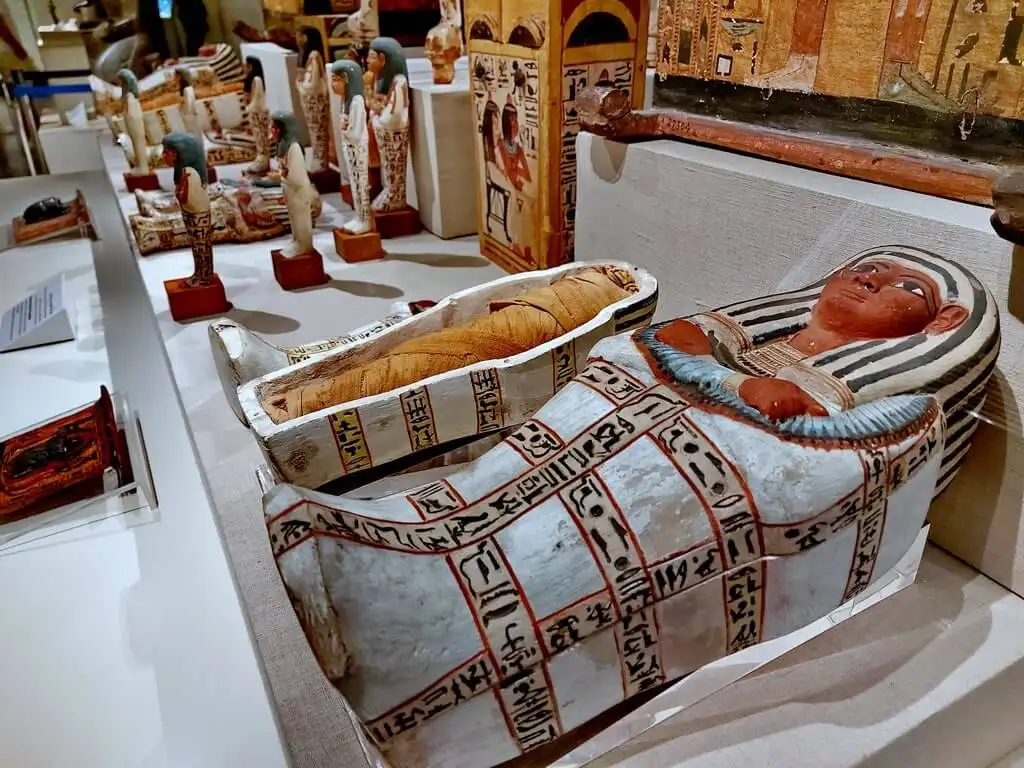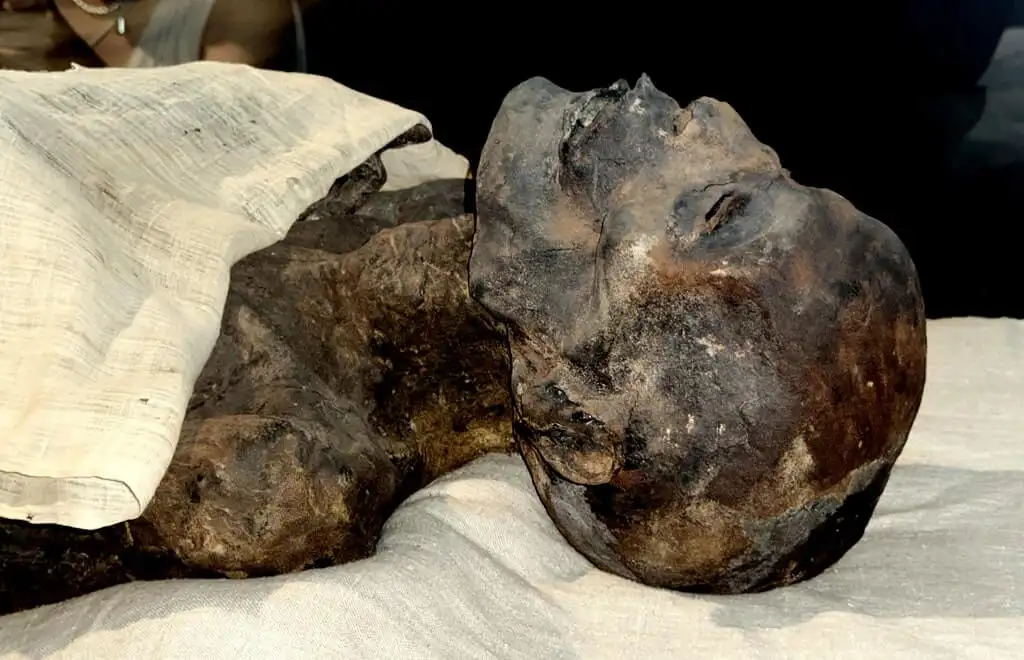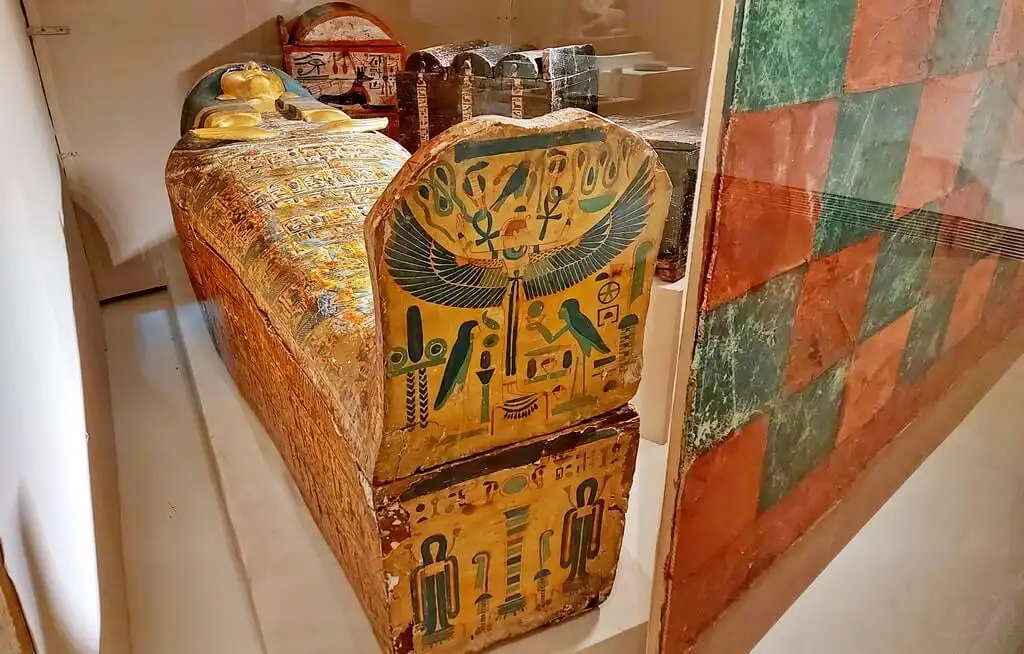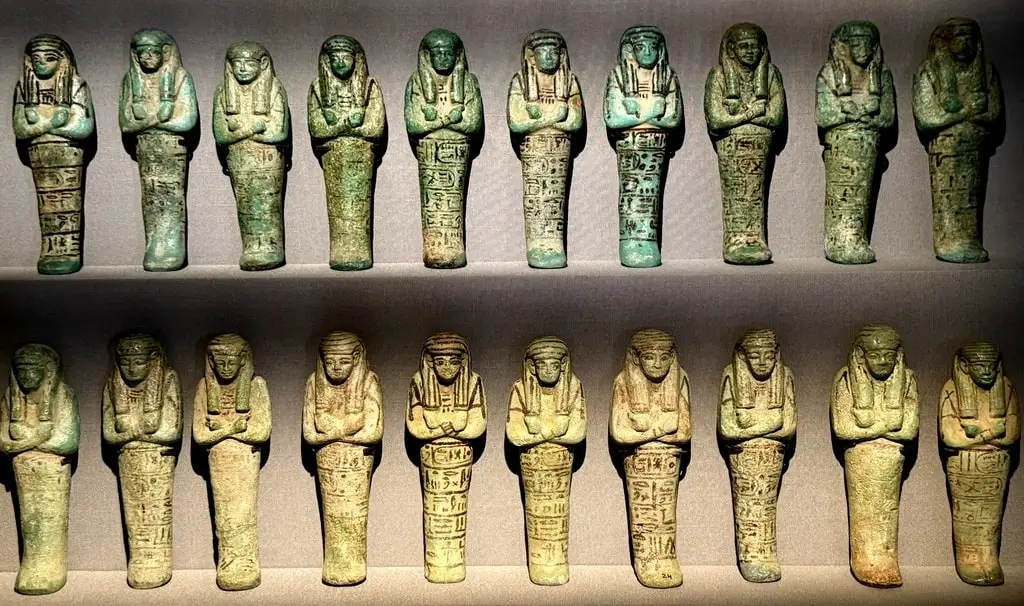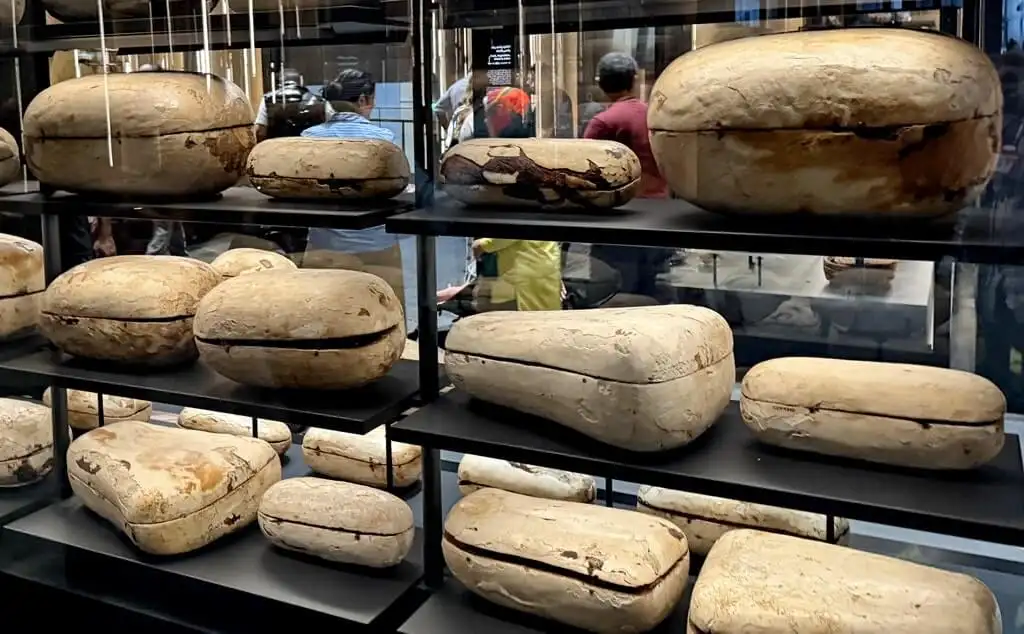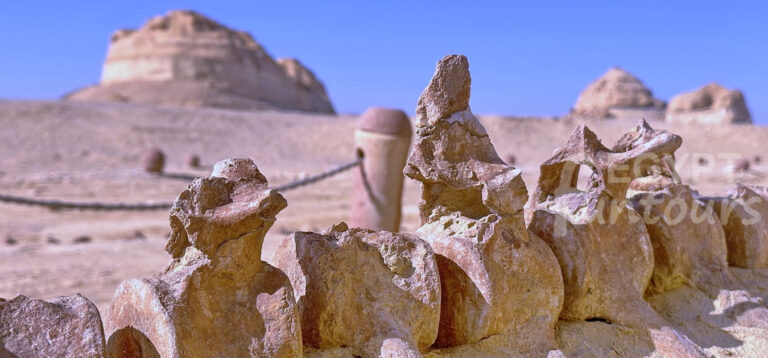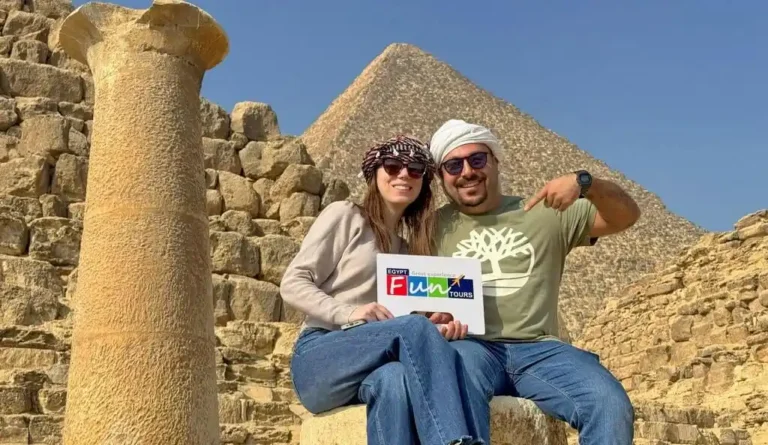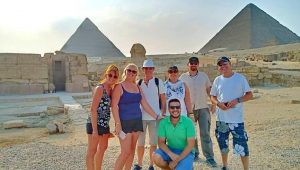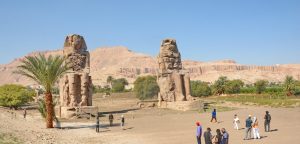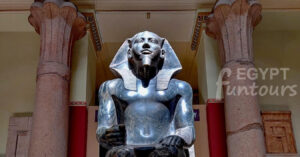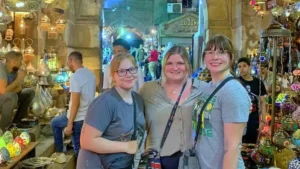Magic for the Journey: Texts and Amulets
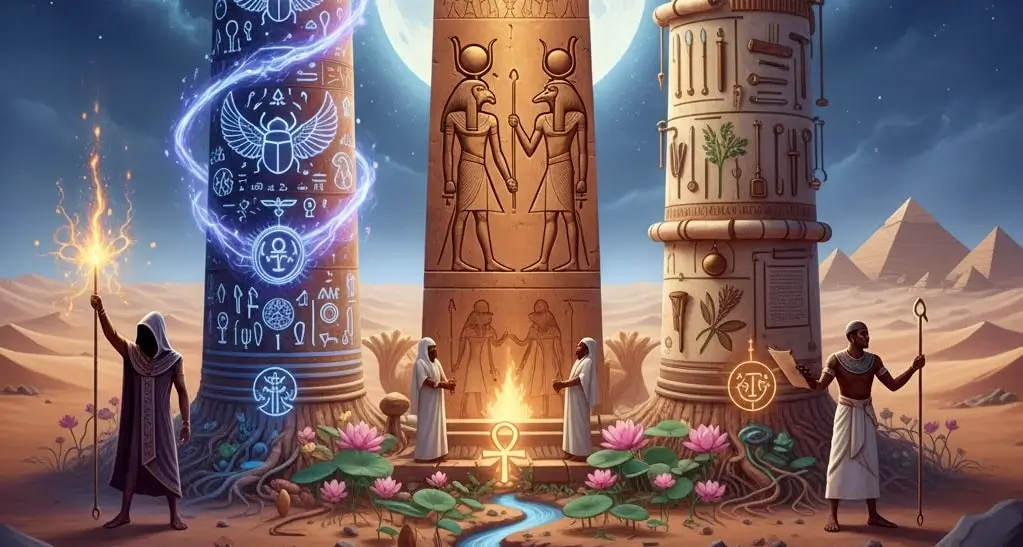
With the physical body preserved and sealed within its coffins, the deceased’s soul, or Ba, began its next great challenge. The ancient Egyptians believed the underworld, or Duat, was a perilous, complex realm filled with gates, tests, and divine beings.
To navigate this journey successfully, the deceased could not rely on physical protection alone. They needed magic. This magic came in the form of powerful spells and protective amulets, which together formed a kind of “spiritual toolkit” for the afterlife.
The Guidebook to the Afterlife: The Book of the Dead

The most important of these magical tools was the Book of the Dead. We must first clear up a common misconception: this was not a single “book” with a set table of contents. Instead, Egyptians compiled a customized collection of spells, hymns, and “utterances” onto a papyrus scroll, which they then placed in the coffin.
These texts served as a divine map and guidebook. They evolved from the Pyramid Texts, which priests carved onto the walls of royal pyramids in the Old Kingdom, and the Coffin Texts, which artisans painted on coffins in the Middle Kingdom.
By the New Kingdom, the Book of the Dead provided the deceased with the exact words they needed, such as:
Above all, it prepared them for Spell 125, the “Weighing of the Heart.” In this final judgment, the gods weighed the deceased’s heart against the single white feather of Ma’at (truth and order). If the heart was heavy with sin, a monster named Ammit would devour it. This created a terrifying risk: what if your own heart betrayed you?
The Heart Scarab: “The Most Important Amulet”

To solve this exact problem, the Egyptians created one of the most important ancient Egyptian funerary objects: the Heart Scarab.
During the mummification, embalmers placed this large, beetle-shaped amulet directly over the mummy’s heart, inside the linen wrappings. Scribes inscribed this scarab with a specific spell (Spell 30B) from the Book of the Dead. This spell was a direct, magical command ordering the heart “not to bear witness against me… Do not stand up against me in the tribunal!”
In short, the Heart Scarab was a magical failsafe, ensuring the deceased would pass their final test and reach the afterlife.
Amulets: The Body’s Magical Armor

Beyond the all-important Heart Scarab, the mummy needed a full set of “magical armor.” To provide this, embalmers tucked dozens of small amulets within the linen bandages as they wrapped the mummy, each in a specific, magically significant location.
Each amulet had a distinct job:
- Djed Pillar: Representing the backbone of the god Osiris, this amulet provided stability, strength, and the promise of resurrection.
- Tyet (Isis Knot): This symbol of the goddess Isis offered her powerful protection and the magic of life.
- Eye of Horus (Udjat): Perhaps the most famous symbol, the Udjat eye gave the deceased healing, protection, and a sense of “wholeness.”
- Ankh: The hieroglyph for “life,” this amulet ensured the deceased’s eternal existence.
- Scarab: Like the Heart Scarab, smaller beetles symbolized rebirth and spontaneous creation, representing the sun god Khepri.
With their body protected and their soul equipped with these magical texts and amulets, the deceased was finally ready to pass judgment and enter the Field of Reeds.
